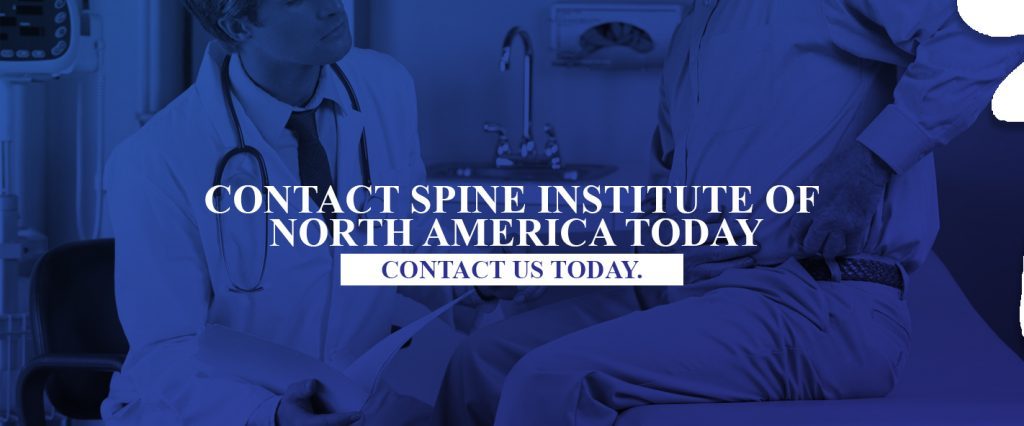The medical world is full of long terms and acronyms that can be daunting and frustrating for anyone just trying to find relief. A big part of the whole battle is just understanding what the experts are talking about! At the Spine INA, we always do everything we can to support our patients, including taking the time to sit down and ensure they understand just what we’re talking about. This is all about their bodies, after all, and they definitely need to be in the know.
In today’s blog, we want to focus on lumbar degenerative disc disease (DDD). Strap in and get ready to learn!
Lumbar Degenerative Disc Disease 101
This type of disc disease occurs in the lower (lumbar) spine when the soft discs between the vertebrae start to wear out. The wear can result from trauma or age. When a disc wears out, its elastic outer ring starts to break down, leading to the loss of disc space and alignment, which leads to pinched nerves. The disc can also bulge out and cause painful bone spurs. Lastly, DDD causes a condition called degenerative instability, which happens when the spine is unable to maintain normal movement when bearing a load. If you have DDD, finding a solution is important because it usually just gets worse the longer you wait.
How DDD is Diagnosed
If you’re experiencing pain and/or weakness, it’s important to make an appointment with a specialist. Your specialist will evaluate your balance and how well your spine moves, carefully identifying exactly where the pain and weakness are located. The specialist will also gather information on the history of your condition, including treatments you have received and medications you have taken. You may need to have some imaging done because x-rays, CT scans, and MRIs can all help in determining the presence of DDD.
What Can Be Done?
You don’t have to settle for the pain and difficulty of DDD. You have several options, and your specialist will be able to help you decide which one is best for you.
Non-Surgical Solutions
It is important to do everything possible to avoid surgery. The good news is, there are plenty of options to consider. There is a good chance that your specialist will recommend one or more of the following solutions:
- Restriction of physical activity
- Rest
- Heat and cold compresses
- Analgesics and medications to relieve discomfort and swelling
- Strengthening exercises
- Physical therapy
- Injections to reduce swelling and pain
Surgical Solutions
When you’ve been using the above non-surgical solutions but your pain continues to persist for six months, it’s time to step things up. We can provide minimally-invasive procedures that effectively address your pain.
The most common procedure that can help you is an endoscopic discectomy. During this procedure, a surgeon makes a tiny incision near the damage, a small camera is inserted to get a good view of what is going on, and tools are used to clean up the damage. After everything is set, heat is used to close the tear in the damaged disc, the tool is withdrawn, and the incision is covered. These incisions are so small they can be covered with band-aids, and you’ll usually be able to go home within an hour of the operation’s completion!
Turn to the Spine INA
Back pain can have a profound impact on your quality of life. Many people tend to avoid getting their pain treated until it becomes unbearable, at which point it can be more expensive to address. Don’t let your back pain go unaddressed. Instead, contact our spine doctor team in New Jersey!










Leave a Reply